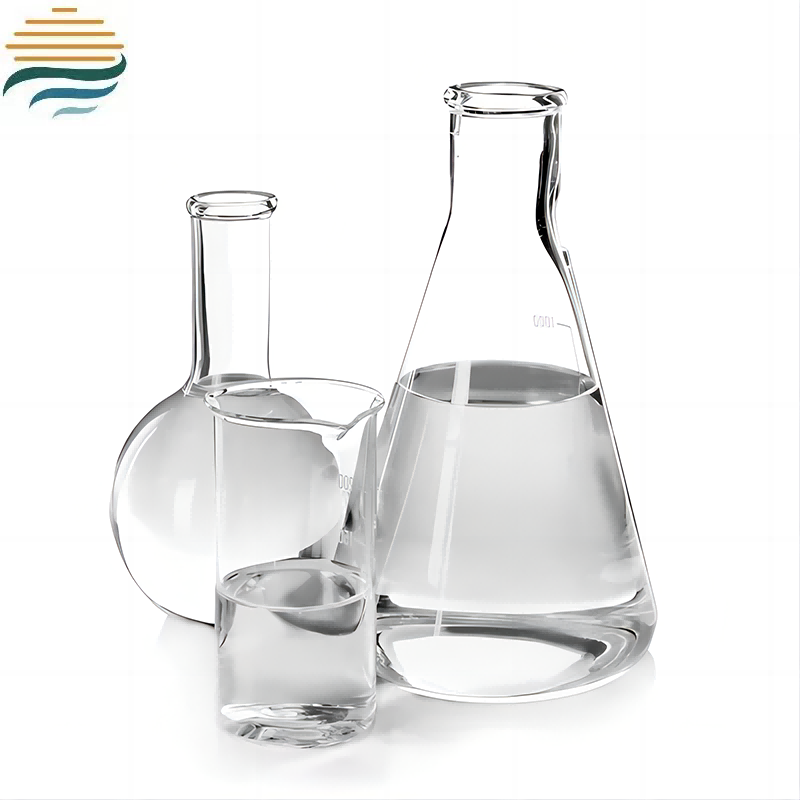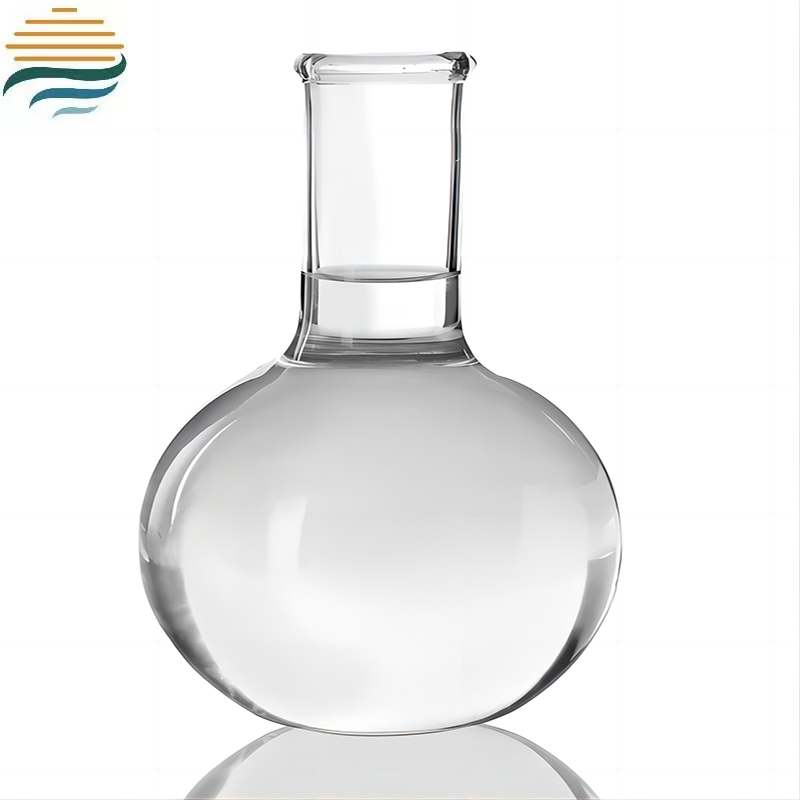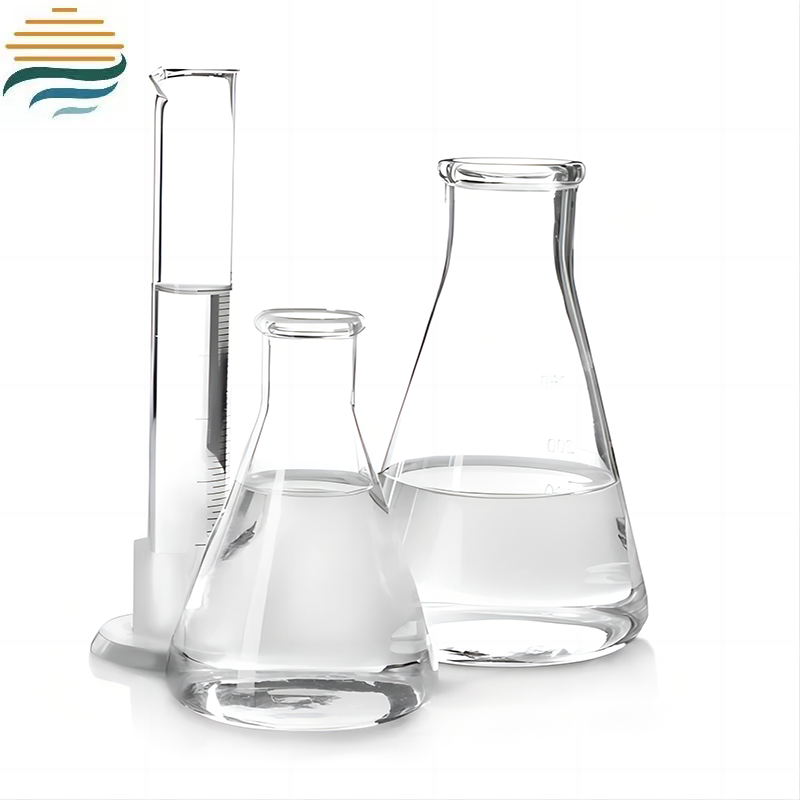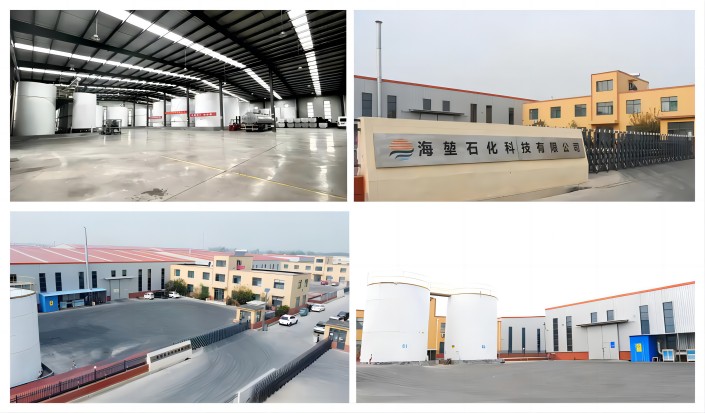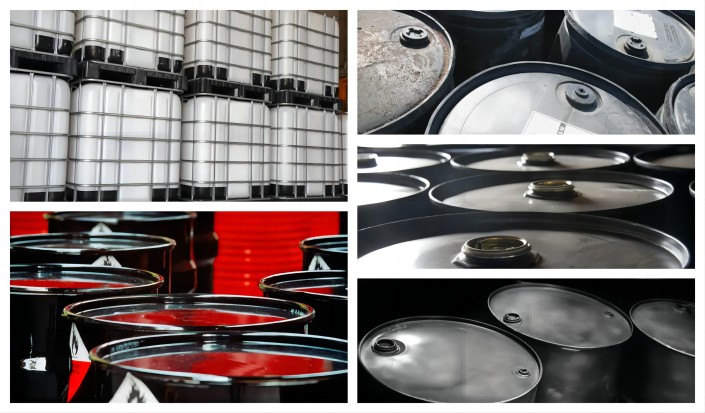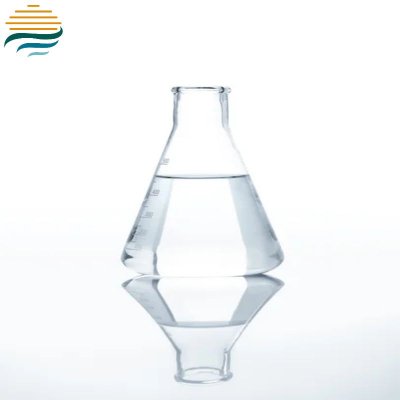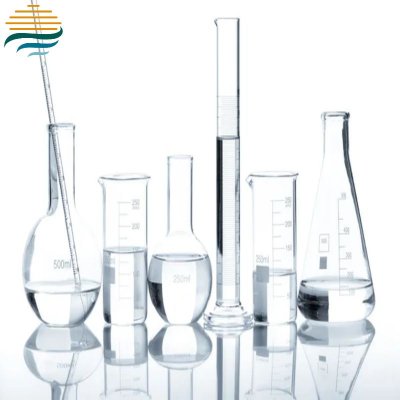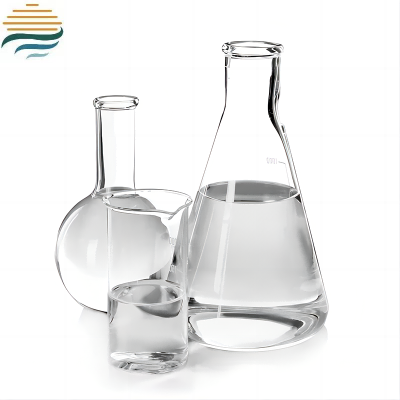Electrical Insulation Fluid
In electrical equipment, insulating oil is oxidized by heat and oxygen under the action of electric field for a long time. Oils with added antioxidants and metal passivators have better oxidative stability. Generally, the dielectric loss of transformer oil measured at 90℃ should be less than 0.5%. The dielectric loss is to reflect the oil in the AC electric field under the degree of its dielectric loss, generally with the dielectric loss angle (δ) of the tangent value (tan δ). Naphthenic oil is a good material for manufacturing oil for electrical appliances because of its low pour point, good lowtemperature fluidity, good electrical properties, good thermal stability and thermal conductivity.
Product Details:Electrical Insulation Fluid
Insulating oil, also known as liquid insulating material or insulating liquid, is a liquid used to insulate conductors of different potentials. It mainly replaces the gas and fills the gaps within or between the poles of solid materials to improve their dielectric properties and to improve the heat dissipation ability of the equipment. It is an insulating material that plays an important role in electrical equipment. Learning to properly use and maintain insulating oil can ensure the normal operation and safety of electric equipment.
PARAMETER:
Sports Event | Quality Indicators | measured value | Test Methods |
Functional characteristics | |||
Pour Point/°C | -40 | -48.3 | ISO 3016 |
Kinematic viscosity (40℃)/(m㎡/s) | ≯12 | 9.46 | ISO 3104 |
Kinematic viscosity (-10°C)/(mm²/s) | ≯1800 | 1028 | ISO 3104 |
Water content/(mg/kg) | ≯30/40 | 8.6 | IEC 60814 |
Breakdown voltage/kV (untreated oil) | ≮30 | 63.7 | IEC 60156 |
Density (20°C)/(g/ml) | ≯895 | 886 | ISO 12185 |
Dielectric loss factor (90°C) | ≯0.005 | 0.00047 | IEC 60247 |
Refining/stabilizing properties | |||
exterior condition | Clear and transparent, free of sediment and suspension (of atmospheric pollution) | Clear and transparent, free of sediment and suspension (of atmospheric pollution) | visual assessment |
Acid value (mgKOH/g) | ≯0.01 | 0.0008 | IEC 62021- 1 |
Interfacial tension/(mN/m) | No general requirements | 45.3 | ISO 6295 |
Total sulfur content (mass fraction)/% | No general requirements | No general requirements | ISO 14596 |
corrosive sulfur | non-corrosive | non-corrosive | DIN 51353 |
Content of antioxidant additives (mass fraction)/percent Oil with antioxidant additives (U) | ≯0.08 | 0.063 | IEC 60666 |
2-Furfural content/(mg/kg) | ≯0.1 | 0.011 | IEC 61198 |
Operational characteristics | |||
Oxidation stability (120°C) Test time: 332h | - | - | - |
--Total acid value (in KOH)/(mg/g) | ≯1.2 | 0.04 | IEC 61125 Act C |
--Oil sludge (mass fraction)/% | ≯0.8 | 0.020 | IEC 61125 Act C |
--Dielectric loss factor (90°C) | ≯0.500 | 0.004 | IEC 60247 |
Gassing/(mm/min) | No general requirements | No general requirements | IEC 60628 |
Health Safety and Environmental Characteristics (HSE) | |||
Flash point (closed)/°C | ≮135 | 148.2 | ISO 2719 |
PCA content (mass fraction)/% | ≯3 | 0.8 | BS 2000 Part 346 |
Polychlorinated biphenyl (PCB) content/(mass fraction)(mg/kg) | undetectable | undetectable | IEC 61619 |
1. Factors Affecting Service Life
The design life of a transformer plays a significant role in determining the lifespan of its oil. Typically, a transformer's design life is established based on the expected service life of the oil. Therefore, during its design life, the transformer oil's longevity should align with the operational demands of the transformer. Environmental factors like high temperatures, humidity, and pollution can also affect the lifespan of transformer oil. In adverse environmental conditions, the oil may age more rapidly, leading to a reduced service life.
2. Oil Change Inspection
Through chromatography, it's possible to detect dissolved gases in transformer oil, including hydrogen, methane, and ethane. The presence of these gases can point to issues such as overheating, discharge events, or other irregularities within the transformer, and may also indicate that the oil is aging or contaminated. Adhering to national or industry standards for transformer oil quality is crucial. If the test results do not meet these established standards, a replacement of the transformer oil may be warranted.
Own Factory
Employees at Working
Canned Oil Products
Transportation
Enterprise Culture
Excellence is our perpetual quest, fueling our unyielding ambition. Rejecting complacency, we focus on the future, daring to challenge ourselves and aim for the highest standards. Through relentless process refinement, productivity gains, and product ingenuity, we aspire to stand as the industry's foremost authority, pioneering the next wave of progress.
Customer Testimonials
"Haikun Petrochemical's transformer oil is simply the best in the market. Its high-quality formula and factory warranty make it a must-have. – Sweden, Emma Svensson"


